We Discuss about Process Control Instrumentation Engineering Interview Questions and answers useful to prepare for the job interview.
Process Control Instrumentation Questions
1. What is the difference between a protocol and a field bus?
A protocol defines a standard method for communications. A fieldbus is a multi dropping arrangement where multiple instruments communicate with special interface hardware using the same pair of wires and in most of the cases draw power from the same pair of wires.
2. What if the power supply connections to a two-wire transmitter get interchanged? What signal will go to DCS?
Usually there is a blocking diode to protect the transmitter against supply reversal and almost zero current signal should be transmitted.
3. What is differences between DCS & PLC ?
Distributed control system(DCS) and Programmable logic controller. These are the control systems which handles fields I/Os.
Basic difference between DCS & PLC is
1) DCS handles more nos of I/Os rather than PLC.
2) PLC is faster system than DCS.
3) DCS can handles handsome quantity of I/Os, so that can be used for total plant automation. Where as PLC has own limitations so it generally used for small but for important(Safety point of view) units, like boiler automation, Make-up compressor automation Etc.
4) In the above mentioned case the these PLC’s can be get connected with the DCS with the help of soft link. Generally this is used to make alert to both the operator.
5) As I heard the PLC used to handle the DI/DO signals so it can take fast actions. Some of the time it is used to handle few nos of AI/AO. DCS & PLC’s speed depends on the scan rate of I/Os.
6) For both the system Marshaling panels, Consoles and other faculties of Ethernet Etc can be used according to the need.
7) According to the Cause and effects diagrams the System programmer assigns the control action block into the system, we can call them as memory assigning.
4. How is cold junction compensation in thermocouple carried?
This is typically performed in modern programmable instruments by means of measuring actual reference junction temperature using a temperature sensor mounted close to the ref. junction and compensating for the same using appropriate look-up table stored within the instrument’s memory.
5. In which applications do we use 4 wire RTD?
Three wire is a better alternative. Primary objective of 3-wire and 4-wire arrangements to eliminate effects of lead resistance on temp. measurement.
6. What is the sensor used in Coriolis mass flow meter to measure density?
Density is measured here by measuring the resonant frequency of a vibrating U-tube.
7. What if thermocouple wire is opened in the field? What signal goes to DCS?
In most modern instruments the signal may be programmed to go to either maximum or minimum depending upon end user’s requirement.
8. What are the possible reasons for the failure of barrier?
Fuse blowing sometimes. Power circuits are most likely to fail.
9. How can we say that the given RTD or Thermocouple is correct?
We can only measure sensor output (resistance / maillots ) accurately and look-up corresponding temperature in reference tables.
The accuracy depends upon quality / condition of the sensor. Degraded sensors may not give accurate readings and must be replaced.
To test a sensor, the sensor response may be tested using a high quality temperature calibrator and compared with reference tables.
10. In some cases we have to select the cam position in a control valve for different application? How do we select that?
Refer to instruction manual for the positioner / control valve. The cams are often marked with limited amount of information, which may help an experienced person.
11. What happens if transmitter wires get shorted?
The barrier if installed limits electrical energy flowing into hazardous area. If there is no barrier, typically a fuse in the power distribution system will blow.
12. What will happen if thermocouple wires get shorted?
A cold junction compensated instrument will typically indicate temperature of the location where the T/C wires are shorted.
13. Why do we require loop-terminating resistor in any digital communication loop?
A minimum loop resistance is required so that modulated current signal produces a modulated voltage signal, which may be detected by the receiving equipment.
14. What is adapter flange?
It is a transmitter part for allowing process connection to pipe/tube.
15. How to calculate the safe distance between cables to avoid electromagnetic interference of each other ?
The design engineers / equipment manufacturers follow/publish certain guidelines w.r.t. different types of cables and the voltages/currents and types of signals carried by them.
16. How Control loop should be tuned in process loop?
You may use Ziegler-Nichol’s method ( open loop / closed loop ) or special tuning software tools.
17. What is the significance of single ended & differential ended input for PLC? Application wise comparison of these two types of inputs?
Differential inputs provide better common mode rejection and signal-to-noise ratio.
18. What is Ground Loop? Preventive steps to avoid ground loop?
When ground wiring is not done properly, grounding of various points is not effective and potential differences exist between them resulting in currents flowing between them.
This leads to measurement errors and is not desirable. It can be eliminated by proper ground wiring.
19. In a globe type control valve, what is the importance of flow direction (top to bottom or bottom to top)?
Control valves must be installed as per direction marking provided by the manufacturers or instruction manuals. Though people tend to generalize, this is often misleading.
20.What is ATEX directives / FM Approval / CSA approved / CE certified ? What is the importance of individual certification? Are all these certification required for each instruments? Which certification do we prefer?
ATEX/FM/CSA certifications generally refer to certification for suitability of instruments for use in hazardous area when installed in accordance with recommended guidelines.
Any certification, which is locally acceptable as per statutory requirements, may be used. We typically accept American/European/Indian certifications/approvals in India.
21.Advantages of tachometer as speed measuring device compared to inductive type proximity switches?
Some tachometers provide analog output with almost instantaneous response time. They are highly suitable for speed control in some applications.
22.Application wise advantages of Inductive type proximity switches over capacitive type switches?
Inductive proximity switches are better suited for detection of conducting metal objects and are easily tested for proper operation.
Capacitive switches are typically used for detecting non-conductive materials.
23. What are Analog Input/output & Digital Input/output?
4-20 mA signals from instrument (transmitters) are analog input to control system.
4-20 mA signals to instrument (I/p & electro pneumatic positioner) are analog output from control system.
Volt free (24V) contact (NO/NC) by instruments (all type of switches, ex. Limit switch, press, temp, flow, level switch) are digital input to control system.
All powered signals (24V,48V,110V….) from system to instruments (SOV) are Digital outputs.
24. Types of instrument cables?
- IS cables & NIS cables
- IS – Intrinsic safety & NIS – Non Intrinsic safety
Which cable to use, depends upon hazards condition.
25.Instrument JB’s?
Instrument JB’s depend upon hazards area classification.
JB’s also can be IS or NIS
For IS signal IS JB’s used for NIS signal NIS JB’s used
For analog I/p & o/p signal we can use same JB.
But for Digital I/p & o/p we have to use separate JB’s. Because digital outputs are powered signal, by wrong connection there may be chances to damage the card.
For DCS I/p & o/p and PLC I/p and o/p we used separate JB’s.
26. What is open loop & close loop?
OPEN LOOP : This is nothing but to sense the process signals from the field and to send it to the control room for operator observation.
CLOSE LOOP : This is measuring the process signals for operator’s action. Means Tx sense the process and send it to the control room. Where the operators takes action i.e. control action and that given to the final control element as per the process requirement.
27. When do we use SOV of rating 110vac and 110vdc?
Primarily depends upon the availability of reliable power supply source.
28. While making Datasheets which things are to be considered?
Basically it depends on the instrument item for which you are preparing the datasheet.
As an Example. Temperature Element.
We have collect following information to prepare D/s.
1) Type of Temperature Sensor(T/C or RTD, in case of T/c which type J,K,R,S etc.)
2) Head details a: Screw-cap and chain, b: material, c: conduit connections, d: terminal block> single or duplex.
3) Thermowell Details a: material, b: Construction, c: dimension, e: connection. Etc.
In case of valve 1) Process Details 2)Material of construction(Valve body, Trim),
3) Operating action,
4) Type of operating characteristics
5) Stroke time
6) Accessories attached Etc.
29. What are examples of temperature elements?
Thermocouples & RTD’s.
30. What are thermocouple & RTD’s principles & types?
For more than 400 or 450 degree Centigrade thermocouple is used, below this temperature RTD is used?
31. What is Foundation field bus?
FOUNDATION Fieldbus is an all-digital, serial, two-way communications system that serves as the base-level network in a plant or factory automation environment. It is an open architecture, developed and administered by the Fieldbus Foundation.
It is targeted for applications using basic and advanced regulatory control, and for much of the discrete control associated with those functions. Foundation fieldbus technology is mostly used in process industries, but has recently been implemented in power plants.
Two related implementations of FOUNDATION fieldbus have been introduced to meet different needs within the process automation environment. These two implementations use different physical media and communication speeds.
FOUNDATION Fieldbus H1 – Operates at 31.25 kbit/s and is generally used to connect to field devices and host systems. It provides communication and power over standard stranded twisted-pair wiring in both conventional and intrinsic safety applications. H1 is currently the most common implementation.
HSE (High-speed Ethernet) – Operates at 100/1000 Mbit/s and generally connects input/output subsystems, host systems, linking devices and gateways. It doesn’t currently provide power over the cable, although work is under way to address this using the IEEE802.3af Power on Ethernet (PoE) standard.
32. What is cable tray? Its type? Its size? Its support?
Cable tray is nothing but the way or media through which we lay the field cables in plant.
There are two basic types
1) Ladder type(made in Rungs type construction)
2) Perforated Type(Solid sheath consist of Holes for ventilation).
Basically discussing about tray support than we could say it depends on the site conditions. Only care has to be taken considering adequate space for laying cable, considering their bends.Etc.
33. How to decide cable tray size?
According to the no. of cable occupancy in the cable tray and available tray size we have to choose it. they are available in foll. types 80,150,300,450,600 & 900.
34. What is meant by instrument location & JB location?
This consist of Instrument location considering the piping drawing given from Piping dept. We identifies the locations of the instrument in the equipment layouts and put the bubbles and elevation and JB nos for the location.
Same way depending upon the accessibility we decide the location of JB and marking of it into the instrument location plan is JB location. There is no need to make a different drawing for this.
35. While locating Instrument & JB which things we have to consider?
Transmitter : Tube routing, maintenance area, man approach,
Valve : Hand wheel operations, Maintenance area, Etc.
Loop power indicators: Man approach Illumination from Electrical if instrument is not going to provide.
37. What is the use for cable entry in control room? (sleeves & MCT)
In the process plant Control room built considering the non-hazardous area. So in case if fire/Explosion takes place in the plant than that has to be restricted from entering into the control room.
So MCT(Multiple cable transient) blocks are used. They are designed to sustain the fire for a fixed time duration. That block hold the cables which are entering into the CCR.
More Interview Questions :
Electronics Interview Questions
Instrument Engineers Interview
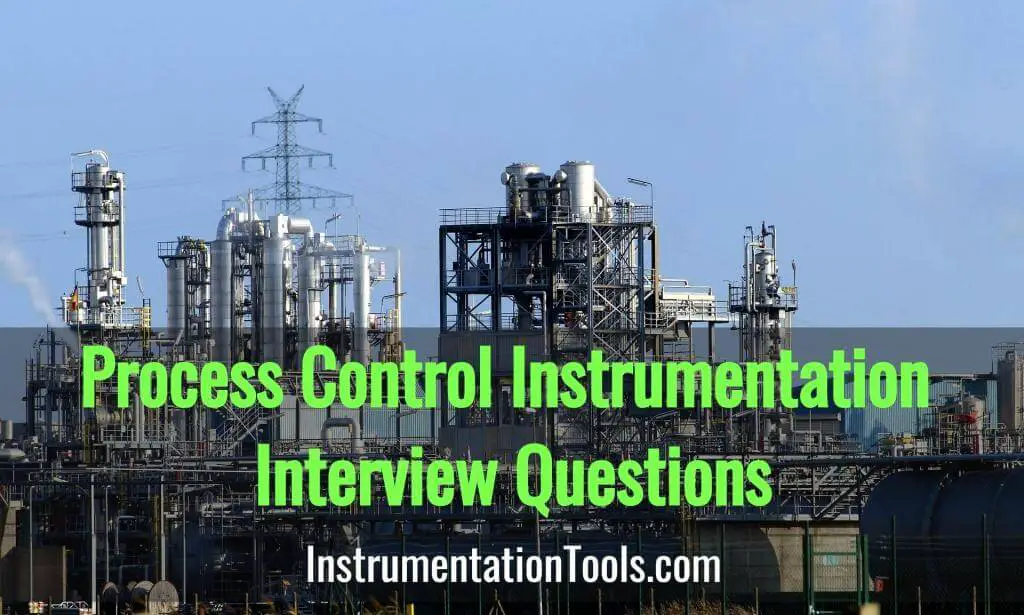
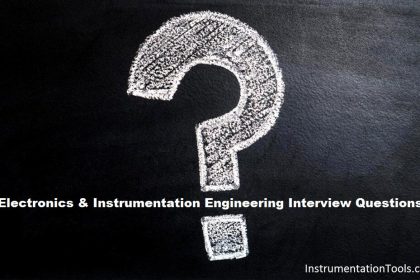

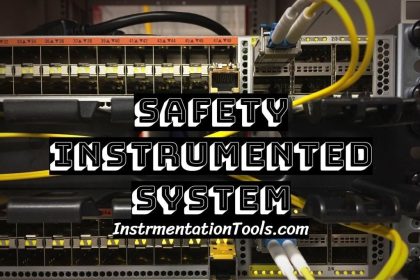
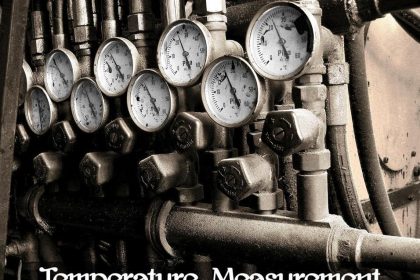
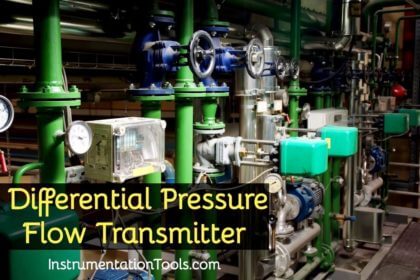
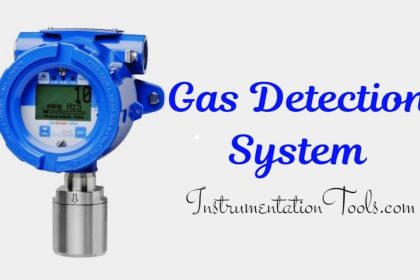
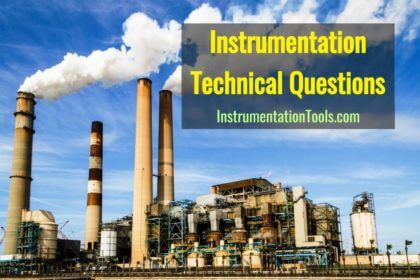

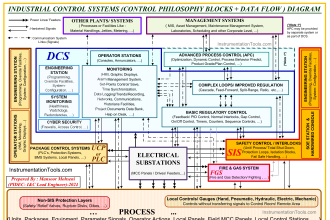
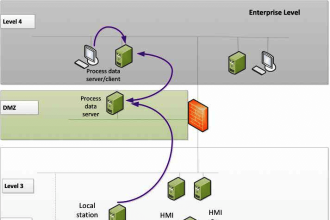
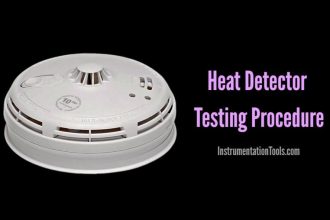

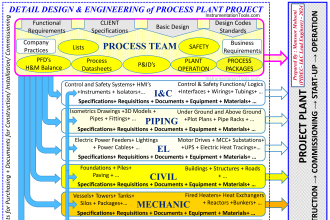
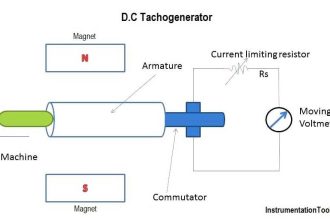

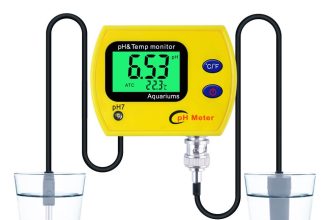

Q.30 Ans.Thermocouple working principle Seebeck effect.That mean two dissimilar material joining tougher and create in a MV.(K,E,J……)
RTD. Working principle is Temperature coefficient .ie. Bridge connection with “Galvino meter”(G).
Thank you sir . This is wonderful site for Instrumentation Engineeer. It will be very helpful.
Thank you very much
Hello I have downloaded the “Valve Kv Calculation” xls format but in that steam sheet is password protected. Not possible to enter data. Please suggest me the password
Good site for instrument engineer.thanks sir.
Really very good site for every thing related to Instrumentation Engineering, Installation and Maintenance. Thank you
Very good boss
Sir I need information on data type use in automation
verry good informations
Dear sir/dudes.,
i faced such a questions on recent interview. on Interview he asked “how flow is measure in square root…?” i replied that “flow is directly proportional to the square root of Delta Pressure”. for that he asked…”pls explain briefly…?”…. how is explain….? pls help me